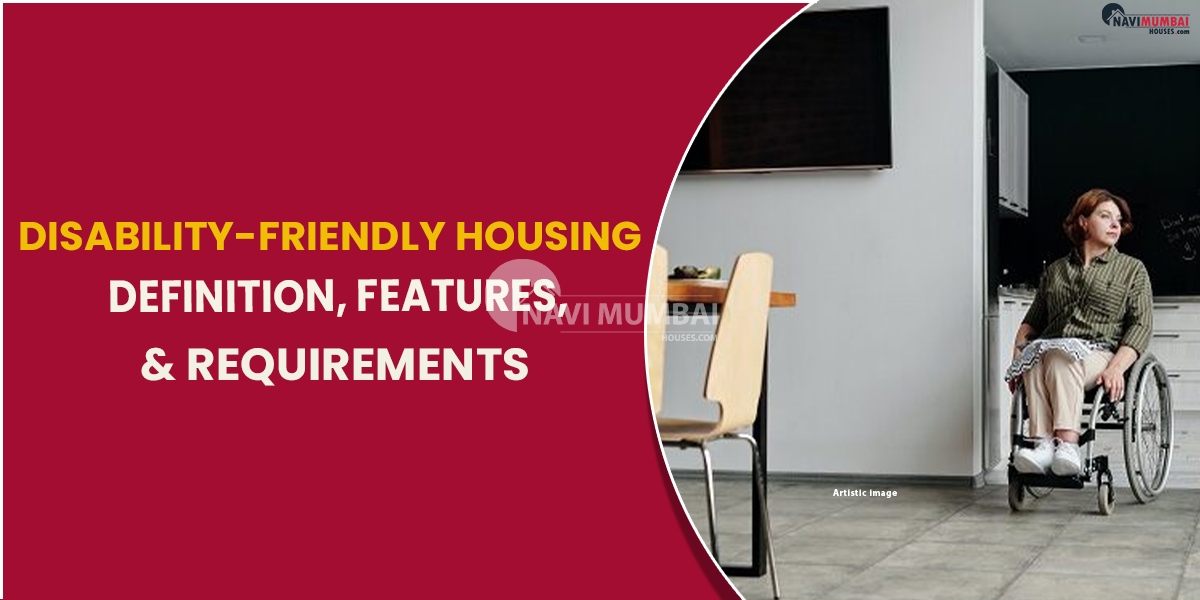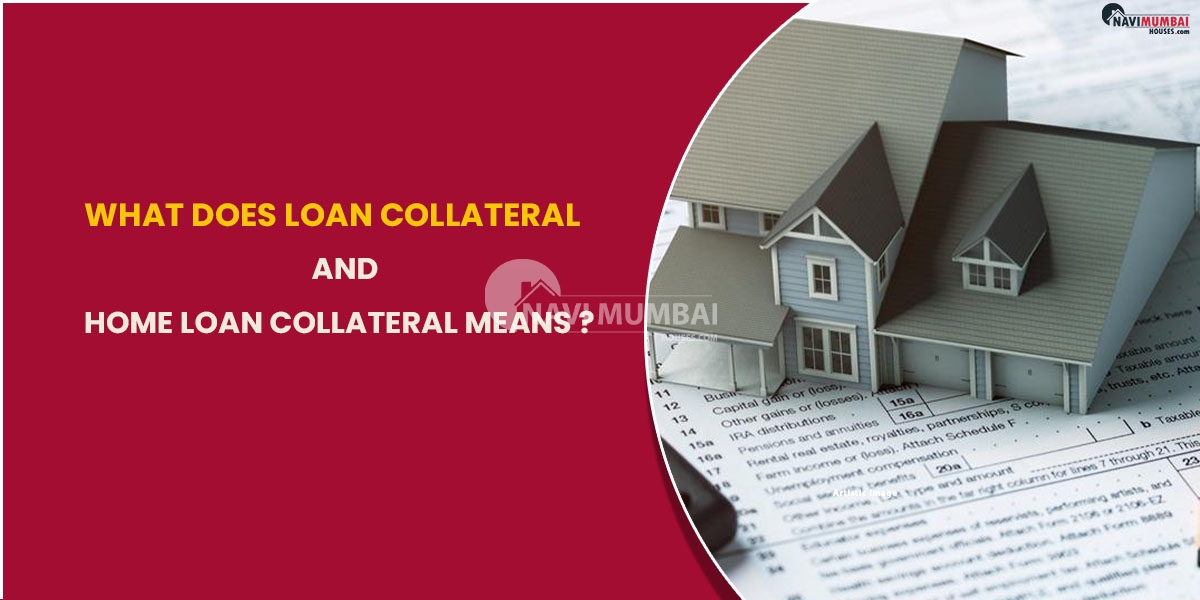
- August 24, 2023
- News
Disability-Friendly Housing Definition & Features
Introduction Disability-Friendly Housing Definition & Features
Disability-Friendly Housing Definition & Features when you are at home, you can relax and feel more at ease. However, the home should also make daily life easier for those with varying abilities. As a result, home builders have begun building residences that are intend to help those with disabilities.
The two most crucial considerations when purchasing a property are making sure the residents are secure and paying attention to their basic needs. If you have a family member with special needs, it’s critical that you choose a home with characteristics that are accommodating to their needs. Architectural modifications are typically use to make a home more accessible. However, some accessibility elements, including modified furniture, shelving, and cabinets,
or even electrical appliances in the home might make life easier for people with disabilities. Whether a residence is sufficiently accessible depends on the type and severity of the disabled person’s condition. An individual can accomplish what they want as independently as possible in a house that is accessible to people with disabilities.
Are you looking upcoming projects in Dombivali ?
The basic characteristics of a house that is accessible include:
- Convenient building exits and entrances
- Doors that wheelchair users can utilise efficiently
- Locate thermostats, electrical outlets, and light switches in places that are simple to access.
- Bathrooms and kitchens with low counters and grab bars
Accessibility For Specific Rooms
The People with Disabilities Act of 1996’s primary goal is to offer rules for designing the most accommodating living arrangements. settings for those who are wheelchair-bound, chair-bound, or have vision or hearing impairments. For example, this Act’s guidelines for kitchens, toilets, and living spaces include the following:
Kitchen
- To make wheelchair movement simple, the floor space should be at least 1.5 metres wide.
- Worktops, sinks, and kitchen counters need to be 780–800 mm above the floor. One of the finest options for households with wheelchair-bound members is adjustable countertops.
- There should be 700 mm of space for knees under the washbasin.
- Pull-out vertical units are prefer on either side of the work centre.
- To enable a disabled person to operate the kitchen lights, there must be many entryways to the kitchen, each with a multi-pole light switch. whenever they use any of these points to enter or exit, on and off.
- You won’t have to reach across hot burners if you have an electric hob with staggered burners and controls on the front.
- People with weak or uncoordinated fingers will greatly benefit from appliances with touchpad controls.
Bathroom
- For wheelchair users, the basin needs to be at a low height with adequate floor and knee clearance.
- Grab rails and broad, high benches in the shower stalls should make it simple for wheelchair users to enter and exit.
- Call buttons and other signalling tools, such as phones or warning systems, must be located at a height and location that make them easy to access in an emergency. Sliding shower doors should be use whenever possible. In an emergency, locks or latches should be able to be open from the outside.
- Upward-folding support bars in the WC are a suggested feature to enable lateral transfer from a wheelchair.
- One of the most crucial factors to consider in the shower to minimise falls is a non-slip floor. On a concrete floor, a tray made of slatted wood or textured tiles can boost the floor’s resilience.
- People who have problems reaching light switches can use motion-detection lights.
Living Room
- There should be wide halls and entrances leading to the living room.
- The electrical outlets must be position 15 inches or less from the floor, but no lower.
- All furniture items should be separate from one another by at least 1.5 metres to allow for wheelchair accessibility.
- A combine living and dining area that has a tabletop height of 750 mm is ideal.
Bedroom
- The bed shouldn’t be placed where two walls meet in a corner. Instead, a minimum of 900 mm should be provided so that the wheelchair user can transfer to the bed without help or with it.
- As the user transfers to the bed, a wheelchair docking station next to the bed can help keep it steady.
- Ceiling lifts should be installed in the room, beginning at the entryway leading to the bed and moving in a horizontal track system.
- The drawers and closets must be made with lightweight drawers and D-ring pull handles to accommodate the needs of the disabled.
Disability-Friendly Housing Definition & Features : Accessibility For Those With Disabilities
Every type of impairment has unique difficulties and needs for a pleasant life. One cannot mimic the requirements and remedies of the other. Therefore, before you purchase a home, carefully consider the unique needs of the family members who are disabled and adopt the best design features in accordance with their requirements. The following are some characteristics of particular disabilities:
Users Of Wheelchairs
The living space’s design is determine by the wheelchair’s proportions, and some of its elements include:
- Entrance and exit widths must be at least 900 mm wide.
- For ease of mobility, a minimum of 1.5 m of floor space should be left around furniture.
- The ascending ramp slope at entrances should be 1:12, meaning that there should be 1 inch of vertical increase for every 20 inches of horizontal length.
- There must be enough room for the person to go from their wheelchair to a bed or toilet seat.
- The range of reach should be carefully chosen.
People With Eyesight Impairment
- Using guiding stones to help those with vision impairments navigate the building’s amenities and outside the structure
- Braille and audio information boards and signage in residential buildings or housing complexes
- Contrasting colour schemes for people with impaired vision
- There should be enough room for walking.
People with hearing impairments - Installation of LED signs and floor plans in the apartment complex
- Hallways that are six feet wide so that hearing-impaired people can stroll and sign while communicating
- Strobe lighting must be avoid because of the high visual acuity.
- Minimising eye fatigue forms the foundation of many design principles.
To make an educated investment decision when purchasing a property that is accessible to people with disabilities, it is recommend that you speak with a local real estate agent and thoroughly research the market.
Navi Mumbai Houses a Real Estate source is the most trust names in the market believes that master pieces can only be achieve by the client’s satisfaction. So that you can give your quality time with your loved ones is actually worth enough. Do you want Sale house Flats in thane our portal is help you to find a buy flat to your price so please visit n find.
Puranik Bali Project in Thane Your Gateway to Luxurious Living
You are looking for upcoming projects in Dombivali we have best Projects at affordable pricing in Dombivali
https://navimumbaihouses.com/properties/search/dombivali/
If you want daily property update details please follow us on Facebook Page / YouTube Channel / Twitter



